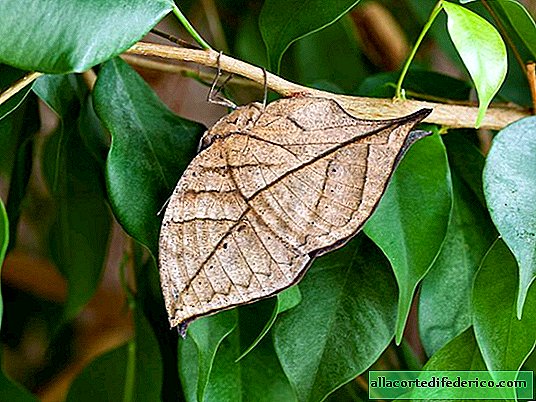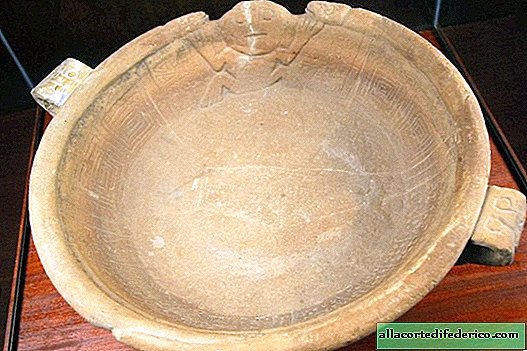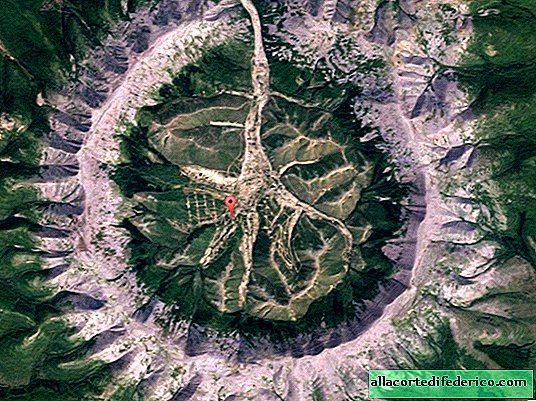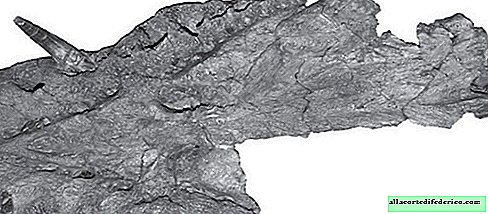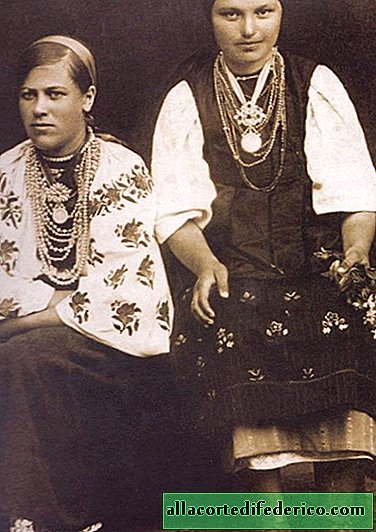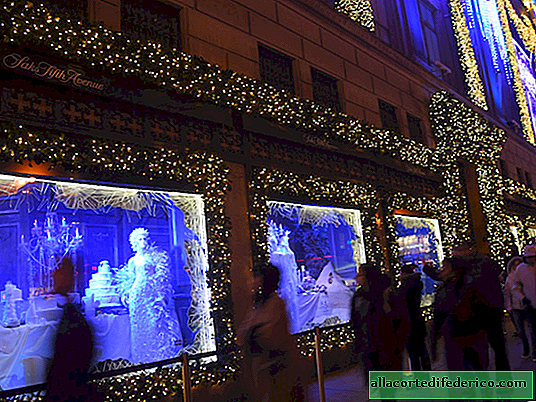Why did a Chinese dinosaur carry blue-green eggs
When you study the details of the life of creatures that disappeared from the face of the earth tens of millions of years ago, any trifle is important. Any paleontologist will confirm this and tell you about a recent find when it was possible to recreate the natural color of the eggs that one of the species of "bird dinosaur" carried, as well as what it means.
Aquamarine
The oviraptoride Heyuannia huangi lived on the territory of modern China and Mongolia during the Cretaceous period, about 145.5 million - 65.5 million years ago. These were small dinosaurs with toothless beaks. The study of the shell of eggs of a dinosaur made it possible to identify pigments in it that give blue and green colors.
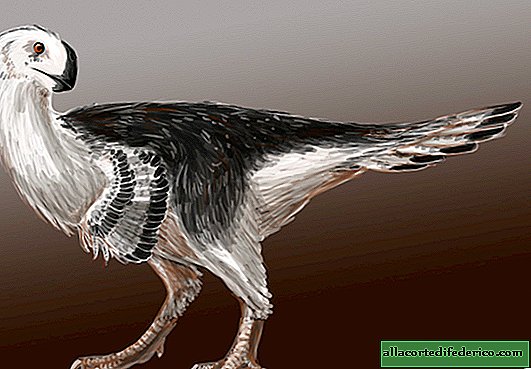
Blue and green hues of the shell are found in eggs belonging to many types of modern birds, and, as was long believed, originally arose in the genetic lines of birds. This new discovery, however, implies that the color of the eggs arose earlier in the family tree of dinosaurs and is possibly related to a new type of nesting that left the eggs partially open in the nesting mounds rather than buried underground. For disguise in such an environment, new shades of colors were needed.
Egg camo
The color of the eggshell in birds depends on two main pigments: biliverdin, which is responsible for blue-green shades, and protoporphyrin, which introduces reddish-brown shades into the palette and usually appears as spots and other patterns. It is believed that the color of the eggs disguises them from predators or helps birds recognize their clutches.

Scientists studied three Late Cretaceous oviraptorides eggs, all of which were “from black to blackish brown” with “very subtle flickering of blue-green in light conditions.” Examination of the eggshell revealed the presence of biliverdin and protoporphyrin. However, there was much more biliverdin in them, which indicates that the eggs were solid in color and had no reddish-brown patterns.
In birds, pigmented eggs are usually associated with species that lay eggs in open nests but do not hatch them continuously. Oviraptorides are known for building above-ground nests with oblong eggs located in recesses. However, the elongated shape of the fossil eggs — along with their porosity — tells researchers that they were probably laid in a nest above the ground. Thus, the color of the shell can be directly related to the evolution of nesting of the ancestors of modern birds.




